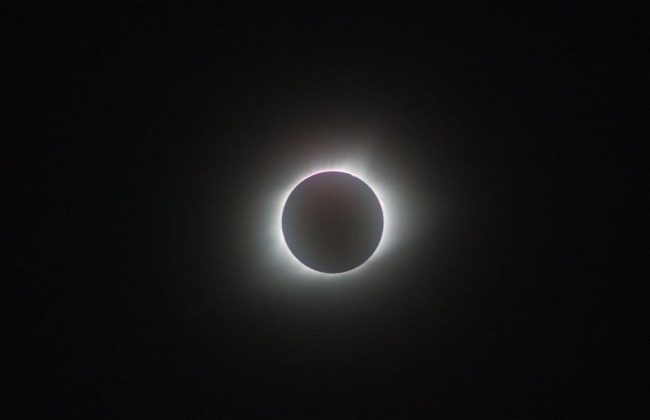The Lady’s Guide to Celestial Mechanics by Olivia Waite is a captivating historical romance set in early 19th-century England, blending astronomy, forbidden love, and societal challenges․ This debut novel introduces Lucy Muchelney, an aspiring astronomer navigating grief and self-discovery, and Catherine St․ Day, a countess with a scientific legacy․ Their story weaves together passion, science, and resilience, offering a unique lens on women’s roles in a male-dominated world․ A stellar blend of wit, heartache, and hope, this novel shines as a tribute to love and ambition․
Overview of the Novel
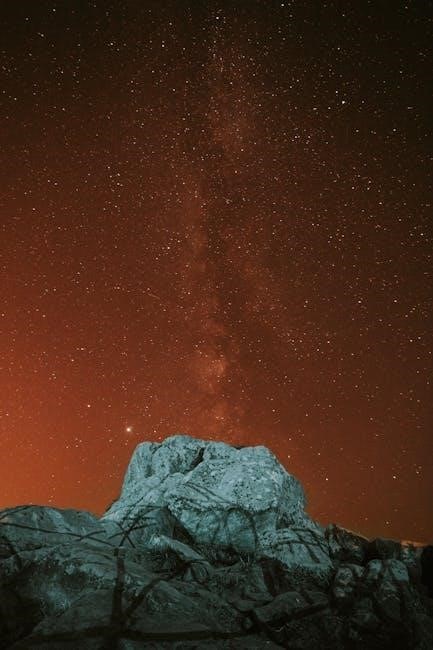
The Lady’s Guide to Celestial Mechanics is a historical romance novel set in early 19th-century England, blending themes of love, science, and societal constraints․ The story follows Lucy Muchelney, a talented but struggling astronomer, and Catherine St․ Day, a countess with a scientific legacy․ Their paths cross when Lucy is hired to translate a groundbreaking French astronomy text, leading to a forbidden romance․ The novel explores women’s roles in science, the challenges of societal expectations, and the power of love and self-discovery․ It is the first installment in the Feminine Pursuits series, praised for its witty dialogue, emotional depth, and historical authenticity․
Author Background: Olivia Waite
Olivia Waite is a celebrated author known for her lyrical prose and meticulous historical research․ Her debut novel, The Lady’s Guide to Celestial Mechanics, earned critical acclaim for its unique blend of romance, science, and feminism․ Waite’s writing often explores themes of identity, love, and women’s roles in male-dominated fields․ Her work has been praised by Entertainment Weekly as “stellar in every way․” Beyond writing, Waite engages with readers through podcasts and discussions on history, books, and romance, further cementing her impact on the literary scene;
Historical Context of the Story
The Lady’s Guide to Celestial Mechanics is set in early 19th-century England, a time of scientific discovery and rigid social norms․ The novel captures the era’s intellectual vibrancy, particularly in astronomy, while highlighting the challenges women faced in male-dominated fields․ Historical details about scientific societies and the societal expectations placed on women add depth to the narrative․ Waite’s meticulous research ensures authenticity, transporting readers to a bygone age where tradition and progress collided, providing a rich backdrop for the story of Lucy and Catherine’s journey․
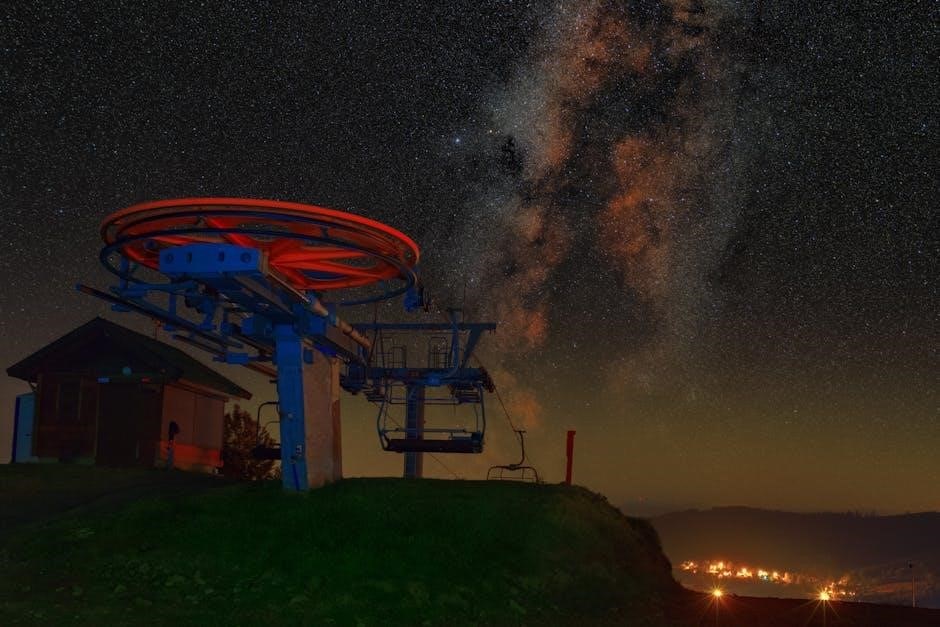
Plot Summary
Lucy Muchelney, heartbroken after her ex-lover’s wedding, finds solace in translating a groundbreaking astronomy text for the Countess of Moth, sparking a forbidden yet profound romance․
Lucy Muchelney’s Journey
Lucy Muchelney, a talented yet impoverished astronomer, is reeling from her father’s death and her ex-lover’s marriage․ She finds purpose when the Countess of Moth commissions her to translate a French astronomy text, reviving her passion for science․ Lucy’s journey is one of self-discovery, healing, and forbidden love, as she navigates societal constraints and her growing feelings for Catherine, challenging her to redefine her place in a world dominated by men․ Her story is a testament to resilience and the pursuit of one’s true calling․
Catherine St․ Day’s Role
Catherine St․ Day, the Countess of Moth, is a widowed aristocrat with a deep connection to science, inherited from her late husband, a renowned astronomer․ Her role in Lucy’s life is transformative, offering both intellectual collaboration and emotional support․ Catherine’s strength lies in her independence and sharp mind, which challenge Lucy to embrace her ambitions․ Through her patronage and shared passion for astronomy, Catherine becomes a catalyst for Lucy’s growth, blending their worlds of science and society in unexpected ways that redefine their lives and aspirations․
The Forbidden Romance
The forbidden romance between Lucy and Catherine is a central theme, marked by societal constraints and personal vulnerabilities․ As women from different worlds, their connection is fraught with tension, yet deeply intimate․ Lucy, still healing from past heartbreak, and Catherine, haunted by her marriage, find solace in each other’s company․ Their slow-burn relationship navigates class differences, past traumas, and the risks of discovery, creating a passionate yet tender bond that challenges the norms of their time and ignites a love that transcends societal expectations and personal fears․
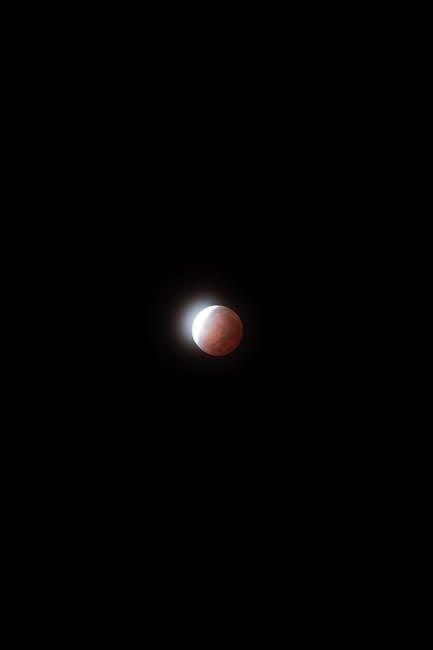
Themes in the Novel
The novel explores themes of forbidden love, societal constraints, women in science, and self-discovery, blending historical context with emotional depth and queer representation․
Forbidden Love and Societal Constraints
The novel delves into the complexities of forbidden love, as Lucy and Catherine navigate a society that rejects their relationship․ Set in early 19th-century England, the story highlights the rigid gender norms and class expectations that constrain their desires․ Lucy, an aspiring astronomer from a lower class, and Catherine, a countess tied to her late husband’s scientific legacy, must confront societal judgment and personal sacrifices․ Their love becomes a defiance of norms, showcasing the emotional toll of secrecy and the strength required to pursue forbidden passion amidst oppressive conventions․
Women in Science and Astronomy
Olivia Waite’s novel shines a light on the underappreciated role of women in 19th-century science․ Lucy Muchelney, an aspiring astronomer, faces challenges in a male-dominated field, where her contributions are often overlooked․ Her journey mirrors the struggles of real women who were marginalized in scientific communities․ Through Lucy’s dedication and skill, the novel celebrates the resilience of women who pursued intellectual passions despite societal barriers․ This theme is central to the story, highlighting the importance of recognizing women’s contributions to astronomy and academia․
Healing and Self-Discovery
At its core, The Lady’s Guide to Celestial Mechanics is a story of healing and self-discovery․ Lucy Muchelney, reeling from her father’s death and her lover’s marriage, finds solace in astronomy and her growing connection with Catherine․ Catherine, too, must confront her past and learn to trust again․ Their relationship becomes a sanctuary for both women, allowing them to navigate grief, identity, and the complexities of their lives․ Through their journey, Waite beautifully explores how love and science can heal emotional wounds and foster personal growth․

Historical Accuracy and Research
The Lady’s Guide to Celestial Mechanics is meticulously researched, capturing the essence of early 19th-century England’s scientific and social landscape․ Waite’s attention to historical detail enriches the narrative․
Early 19th Century England
The Lady’s Guide to Celestial Mechanics is set against the backdrop of early 19th-century England, a time of scientific discovery and rigid societal norms․ The novel vividly portrays the era’s patriarchal structures, where women’s roles were often confined to domesticity․ London’s scientific circles, dominated by men, provide a compelling Setting for Lucy’s journey as an aspiring astronomer․ Waite’s meticulous research captures the period’s atmosphere, blending historical accuracy with the struggles of women navigating a male-dominated world, offering a rich and immersive portrayal of the time․
Portrayal of Scientific Societies
The Lady’s Guide to Celestial Mechanics vividly portrays early 19th-century scientific societies as male-dominated spaces where women struggled to assert their intellectual contributions․ The novel highlights the challenges faced by female scientists, like Lucy Muchelney, who must navigate a world where their work is often overlooked or undervalued․ Catherine St․ Day’s connection to these circles adds depth, showcasing the societal barriers women faced in pursuing scientific careers․ Waite’s depiction underscores the tension between intellectual ambition and the restrictive gender norms of the time, offering a compelling critique of historical inequality․
Historical Figures and Their Influence
The novel subtly weaves in the influence of historical figures from the early 19th century, particularly in the field of astronomy․ Catherine St․ Day’s late husband, a renowned scientist, casts a shadow over her life, reflecting the era’s patriarchal dominance in science․ Lucy Muchelney’s aspirations are inspired by real historical astronomers, though their contributions were often overlooked․ The story highlights how societal norms limited women’s recognition in science, mirroring the struggles of historical female astronomers․ These influences enrich the narrative, blending fiction with the realities of the time․
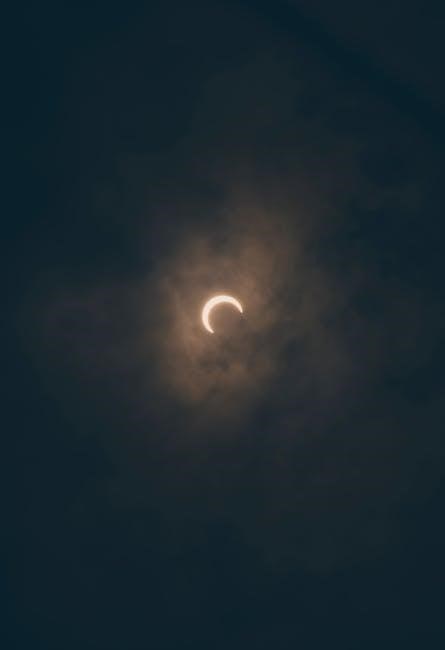
Character Analysis
The Lady’s Guide to Celestial Mechanics delves into the complexities of its characters, exploring their resilience, ambition, and emotional depth․ Lucy Muchelney, an aspiring astronomer, and Catherine St․ Day, a widowed countess, are crafted with nuance, their motivations and relationships driving the story’s emotional core․
Lucy Muchelney: The Aspiring Astronomer
Lucy Muchelney is a young, orphaned woman with a passion for astronomy and translation․ Having lost her father, she seeks purpose in her life, leveraging her skills in translating French scientific texts․ Her journey begins when she responds to a letter from the Countess of Moth, seeking help with a groundbreaking astronomy manuscript․ Lucy’s intelligence and determination shine as she navigates a world dominated by men, while also grappling with her past heartbreak and her growing feelings for Catherine․ Her resilience and ambition make her a compelling and relatable protagonist․
Catherine St․ Day: The Countess of Moth
Catherine St․ Day, the Countess of Moth, is a complex and intriguing figure, widow of a renowned scientist whose legacy casts a shadow over her life․ Struggling with her late husband’s volatile temper and the societal expectations placed upon her, Catherine seeks redemption and purpose through her scientific pursuits․ Her sharp intellect and commanding presence contrast with her vulnerability, as she navigates a world where women are often sidelined․ Her relationship with Lucy Muchelney evolves from a professional partnership to a deeply personal connection, revealing her emotional depth and inner strength․
Supporting Characters and Their Roles
The novel features a cast of supporting characters who enrich the narrative and influence the protagonists’ journeys․ Lucy’s past love, Priscilla, serves as a reminder of lost desires, while Catherine’s deceased husband looms as a complex figure in her backstory․ Servants, societal figures, and members of scientific circles add depth to the story, highlighting the constraints and opportunities of the era․ These characters contribute to the tension and emotional landscape, shaping Lucy and Catherine’s paths toward healing and love․ Their roles underscore the societal pressures and personal growth central to the plot․

Scientific Elements in the Novel
The novel intricately explores celestial mechanics, astronomy, and the translation of groundbreaking French texts, highlighting women’s contributions to 19th-century science and their intellectual pursuits․
Celestial Mechanics and Astronomy
The novel delves into the fascinating world of celestial mechanics and astronomy, highlighting Lucy Muchelney’s expertise as a translator of French scientific texts․ Her work bridges the gap between theoretical astronomy and practical application, showcasing women’s contributions to 19th-century science․ The story explores the complexities of orbital mechanics and the societal barriers women faced in pursuing scientific careers․ Through Lucy’s journey, Waite illuminates the intellectual rigor and passion required in astronomy, blending historical accuracy with compelling narrative to celebrate women’s roles in advancing scientific knowledge during this era․
Translation of French Astronomy Texts
Lucy Muchelney’s role as a translator of French astronomy texts is central to the story, showcasing her intellectual prowess and passion for science․ Her work involves translating complex theories and calculations, which not only highlights her linguistic skills but also her deep understanding of celestial mechanics․ This task brings her closer to Catherine St․ Day, the Countess of Moth, and serves as a catalyst for their relationship․ The translation project symbolizes the bridging of scientific and emotional gaps, emphasizing the significance of collaboration and mutual respect in both academia and romance․
The Role of Women in 19th Century Science
In A Lady’s Guide to Celestial Mechanics, the role of women in 19th-century science is portrayed through Lucy Muchelney’s aspirations and challenges․ Women were often excluded from formal scientific roles, relegated to supportive tasks like translation or calculation․ Lucy’s expertise in astronomy and her work translating French texts highlight the unacknowledged contributions of women in scientific fields․ The novel underscores the societal barriers they faced, including limited access to education and the dismissal of their intellectual capabilities․ Yet, it also celebrates their resilience and the quiet yet profound impact they had on scientific progress․
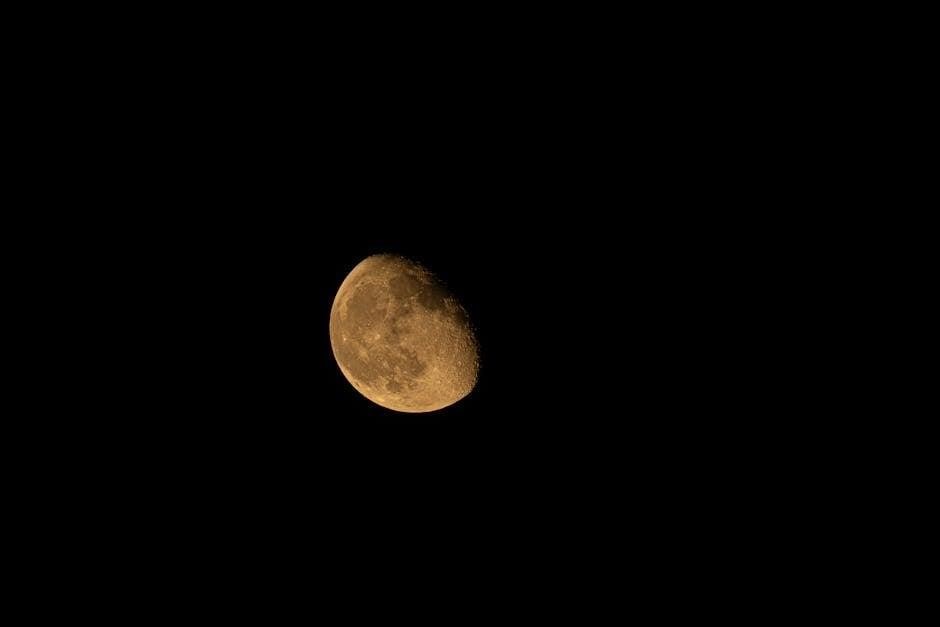
Cultural and Social Impact
A Lady’s Guide to Celestial Mechanics celebrates LGBTQ+ relationships and challenges gender norms, offering a fresh perspective on women’s roles in science and society․ The novel inspires by highlighting their contributions and resilience, fostering a deeper appreciation for inclusivity and equality in historical and modern contexts alike․ Its impact lies in its ability to blend romance, science, and social commentary seamlessly․
Representation of LGBTQ+ Relationships
A Lady’s Guide to Celestial Mechanics offers a heartfelt portrayal of LGBTQ+ relationships, centering on the romance between Lucy and Catherine․ The novel authentically captures the complexity and depth of their connection, exploring themes of forbidden love and societal constraints․ With its sensitive and nuanced depiction, Waite’s work contributes to the growing visibility of LGBTQ+ narratives in historical fiction, resonating deeply with readers seeking inclusive and diverse storytelling․ This representation is both a celebration of love and a testament to resilience in the face of societal expectations․
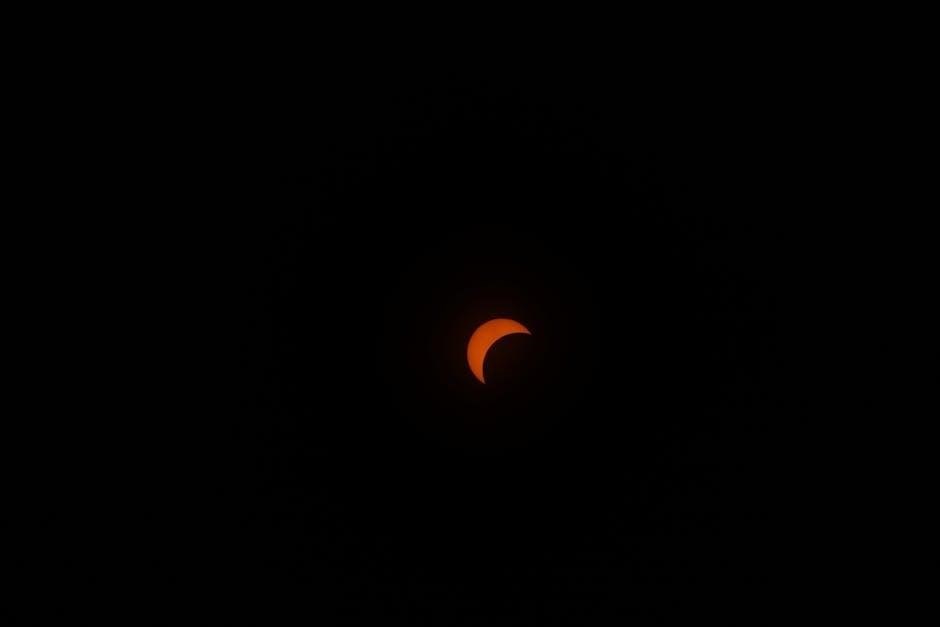
Challenging Gender Norms
A Lady’s Guide to Celestial Mechanics boldly challenges gender norms by portraying women in roles traditionally dominated by men․ Lucy Muchelney, an aspiring astronomer, defies societal expectations by pursuing science, while Catherine St․ Day, a countess, supports her work despite societal pressures․ The novel underscores the limitations placed on women in 19th-century England, particularly in academia and aristocracy, while celebrating their resilience and intellectual prowess․ By highlighting their contributions to science and their personal growth, Waite’s narrative advocates for gender equality and redefines women’s roles in history․
Reception by Modern Audiences
A Lady’s Guide to Celestial Mechanics has resonated deeply with modern readers, particularly for its nuanced portrayal of LGBTQ+ relationships and strong female characters․ The novel’s blend of historical fiction, romance, and science has attracted a diverse audience, praising its unique voice and emotional depth․ Readers appreciate the way it challenges gender norms and celebrates women’s contributions to science․ The book’s relatable themes of love, ambition, and self-discovery have made it a favorite among contemporary readers seeking inclusive and inspiring stories․ Its acclaim continues to grow, solidifying its place in modern literary circles․

Reception and Reviews
The Lady’s Guide to Celestial Mechanics has received critical acclaim for its stellar storytelling, emotional depth, and historical accuracy, earning a 4․5-star rating on Amazon and praise from Entertainment Weekly․
Critical Acclaim and Ratings
The Lady’s Guide to Celestial Mechanics has garnered widespread critical acclaim, praised for its masterful blend of romance, science, and historical detail․ Entertainment Weekly hailed it as a “luscious gem” and “stellar in every way,” while readers have awarded it an impressive 4․5-star rating on Amazon․ Reviewers highlight the novel’s emotional depth, witty dialogue, and the compelling portrayal of LGBTQ+ relationships in a historical context․ Its unique fusion of astronomy and romance has solidified its place as a standout in the historical romance genre, earning it a dedicated fanbase and critical praise alike․
Reader Feedback and Popularity
Readers have enthusiastically embraced The Lady’s Guide to Celestial Mechanics, praising its emotional depth and nuanced characters․ On Amazon, the novel holds a 4․5-star rating, with readers highlighting its witty dialogue, rich historical context, and heartfelt romance․ Fans on Goodreads have similarly praised the book, noting its thoughtful portrayal of LGBTQ+ relationships and strong female leads․ The story’s blend of science, passion, and societal commentary has resonated deeply, making it a favorite among historical romance enthusiasts and cementing its popularity in the genre․
Awards and Nominations
The Lady’s Guide to Celestial Mechanics has garnered significant critical acclaim and reader appreciation․ While specific awards are not listed, its stellar reviews and high ratings underscore its impact․ With a 4․5-star Amazon rating and praise from Entertainment Weekly, the novel has been hailed as a standout debut in historical romance․ Its nuanced storytelling and strong female leads have earned it a cherished place among readers, solidifying its recognition as a memorable and influential work in the genre․
The Lady’s Guide to Celestial Mechanics leaves a lasting impression, blending romance, science, and societal challenges; Lucy and Catherine’s journey highlights love’s power and women’s resilience, inspiring readers with its emotional depth and historical charm․
Legacy of the Novel
The Lady’s Guide to Celestial Mechanics has left an indelible mark on historical romance literature, celebrated for its nuanced portrayal of LGBTQ+ relationships and strong female characters․ Olivia Waite’s debut novel not only launched the acclaimed Feminine Pursuits series but also inspired a new wave of queer historical fiction․ Its blend of science, passion, and societal commentary continues to resonate with readers, solidifying its place as a groundbreaking and unforgettable tale in the romance genre․
Future of the Feminine Pursuits Series
The Feminine Pursuits series continues to captivate readers with its unique blend of historical romance and strong female leads․ Following The Lady’s Guide to Celestial Mechanics, Olivia Waite has introduced new characters and stories, such as The Hellion’s Waltz and The Care and Feeding of Wicked Sea Captains, each exploring themes of love, identity, and women’s roles in 19th-century society․ The series promises to expand its legacy by delving into fresh narratives, further solidifying its place in the realm of queer historical fiction and romance․
Final Thoughts on the Story’s Significance
The Lady’s Guide to Celestial Mechanics leaves a lasting impression as a beautifully crafted tale of love, science, and resilience․ By blending historical detail with queer romance, Olivia Waite challenges societal norms and celebrates women’s contributions to astronomy․ The novel’s emotional depth and strong female leads resonate deeply, making it a standout in historical romance․ Its exploration of identity, passion, and ambition ensures it will remain a cherished read, inspiring future stories and solidifying its place in the hearts of readers worldwide․
